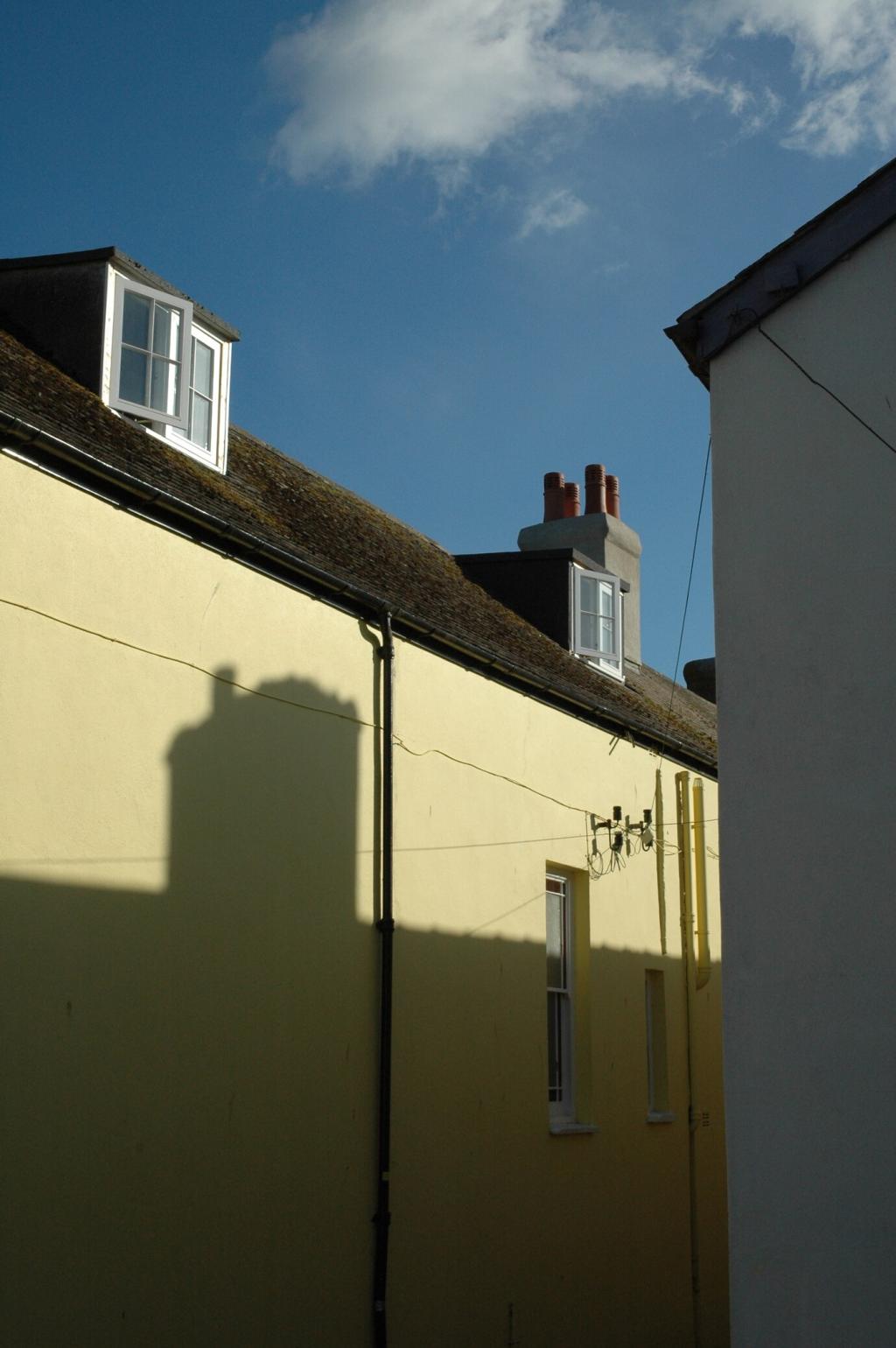
Signs of Roof Damage and How to Address Them
A well-maintained roof is essential for the safety and comfort of your home. Recognizing the early signs of roof damage can save you money, prevent further issues, and help you maintain the value of your property. This guide explores the most common signs of roof damage, how to address them, and strategies for proactive maintenance.
Identifying Visible Roof Damage
One of the most obvious signs of roof damage is missing or damaged shingles. Shingles can be blown off by strong winds, or they may crack, curl, or lose granules over time due to sun exposure and weather changes. If you notice sections of your roof where the shingles are absent, buckling, or not lying flat, this indicates that your roof’s integrity has been compromised. This condition exposes the underlying materials to moisture, which can lead to leaks and eventually cause substantial internal damage or mold growth within your home. Addressing damaged or missing shingles promptly is crucial to extending the lifespan of your roof.
Detecting Water Damage From Within
Stains and Discoloration on Ceilings
One of the initial indications of roof leaks is the appearance of stains or discoloration on your ceilings or walls. These markings typically show up as brown, yellow, or copper-toned patches that gradually spread. Stains develop when water seeps through the roofing materials and begins to saturate the drywall or plaster. Even minor stains can indicate a persistent leak, which requires prompt attention before the water compromises the structural integrity of your home. Investigating the source of these marks and addressing the leak quickly can prevent mold growth and more serious structural issues.
Peeling Paint or Bubbling Wallpaper
Pay close attention to areas where interior paint is peeling, or wallpaper begins to bubble and separate from the wall. While these symptoms can result from high indoor humidity, they often signal hidden water infiltration stemming from roof damage. The repeated presence of moisture will compromise finishes and adhesives, causing visible defects. This moisture, if left unchecked, can eventually rot wooden framework, destroy insulation, and foster an environment conducive to mold growth. Identifying and repairing the source of the leak, along with restoring interior surfaces, is essential to maintain both the appearance and the health of your living space.
Damp or Musty Odors in the Attic
The attic is one of the first places where the effects of a leaky roof will be felt, often detected by a persistent damp or musty odor. Such smells are typically a byproduct of moisture accumulation and neglected ventilation. When water enters the attic space, it can soak into insulation and wood, encouraging the growth of mold and mildew. Even if there are no visible stains, a musty smell should not be ignored. Early detection and remediation involve identifying the source of water ingress, drying out the affected area, and addressing any issues with roof ventilation to prevent recurrence.
Addressing Immediate Roofing Issues
Emergency Leak Patching
In the event of an unexpected or severe leak, taking temporary measures to stem the flow of water can prevent significant destruction to your home’s interior. Emergency leak patching involves using watertight materials—such as roofing tape, tarps, or sealants—on the affected area until a professional can assess and properly repair the damage. This quick intervention buys valuable time by reducing water intrusion, safeguarding your belongings, and limiting costly repairs. Once temporary protection is in place, it is essential to arrange for a qualified roofer to inspect the scope of the damage and recommend a permanent fix.
Clearing Debris and Obstructions
Accumulation of debris, such as leaves, branches, or dirt, on your roof can exacerbate existing problems and lead to new ones. Obstructed gutters and clogged downspouts are common culprits, causing water to back up and seep under the roofing materials. Additionally, the weight of accumulated debris can stress roof components and trap moisture, accelerating decay. Regularly clearing your roof and its drainage systems eliminates these risks, allowing rainwater to flow away properly and reducing the chance of leaks or rot. Making this a part of your ongoing maintenance routine preserves your roof’s longevity.
Fast-Track Professional Roof Inspection
While some signs of roof damage are apparent, others may not be visible to the untrained eye. Scheduling a professional roof inspection—especially after a major storm or if you notice symptoms of hidden damage—ensures that all current and potential issues are identified and addressed. Professional roofers can spot subtle warning signs and recommend repairs or restoration as needed. Prioritizing a prompt inspection minimizes downtime and prevents minor issues from becoming major, costlier problems. Homeowners benefit from the peace of mind knowing that their roof is secure and their investment protected.
